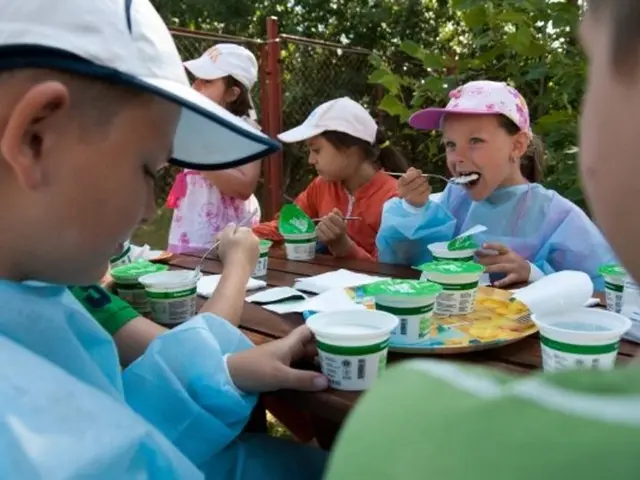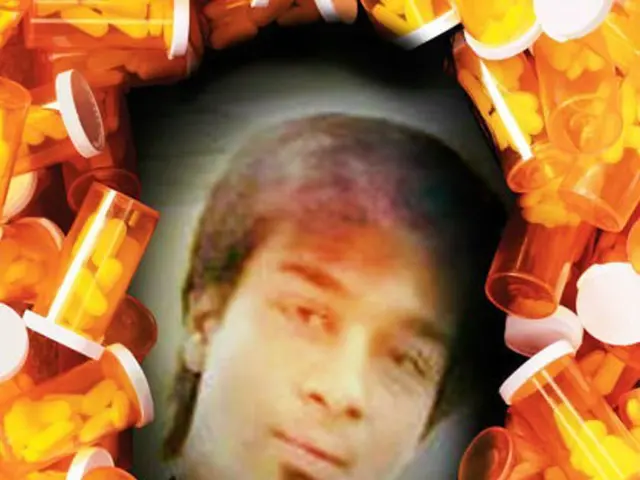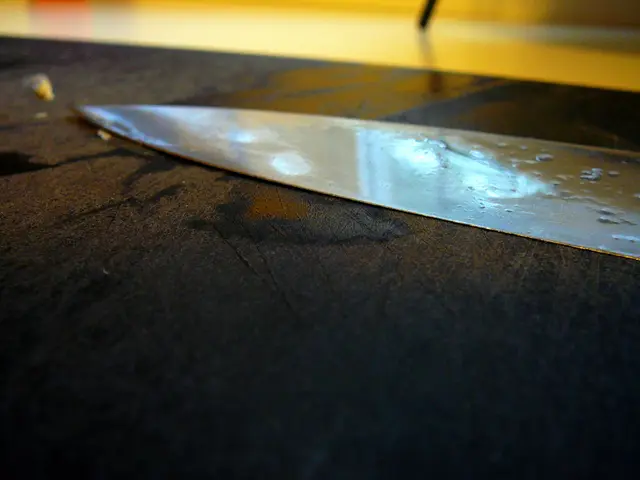Body Worlds: A Journey Through Life's Stages Unfolds in Magdeburg, Saxony-Anhalt
Exhibition Debuts: Corpus Mundi Unveiled in Magdeburg for the First Time - "Body Worlds" Debuts for the First Time in Magdeburg - Unveiling the Intricate Anatomy of Human Bodies for Public Viewing
Hey there! Walking the fine line between the macabre and the awe-inspiring, the "Body Worlds" exhibition, the brainchild of plastination pioneer Gunther von Hagens, has made its debut in Saxony-Anhalt. At the grand opening in Magdeburg's Hyparschale, Angelina Whalley, the exhibition's curator and head of the Institute for Plastination, declared, "From the first cell to the last movement: everything leaves its mark."
Under the banner "Cycle of Life," the exhibition illustrates how the body is a mirror of our lifestyle choices. Whalley noted that self-care, diet, family, and social environment all impact our health, positively or negatively.
Real human specimens, donated by over 23,000 individuals, offer a glimpse into the diverse stages of human existence and the changes that occur over a lifetime. As the visitors stroll through the exhibition, they'll witness the marvelous intricacies of the human body in various stages of life, each meticulously preserved through plastination. Interestingly, the plastination process takes around a year and 1,500 painstaking hours to complete a whole-body plastinate.
A Refreshed Perspective on the Exhibition
Gone are the days of makeshift exhibits. Once criticized as a desecration of the dead and a violation of rest, the ethical waters have gradually calmed around "Body Worlds." Franz Josef Wetz, an ethicist who has advised the Institute for Plastination for 25 years, remarked, "You look upon a stranger's body and discover yourself." The initial outrage has given way to increased understanding and acceptance as the exhibition continues to evolve. Inspired by anatomical representations of the Renaissance, the aesthetic dimension of the display has become a significant aspect of the experience.
There you have it—preparing to embark on a mesmerizing tour of the human body in all its complexity. So, are you ready to dive deep into the anatomy of life and discover the beauty, mystery, and fragility of our own bodies? Make sure to snag a ticket, and get ready for an unforgettable adventure amidst the realms of life, death, and rebirth.
By the way, for those intrigued by the history, aesthetics, and controversies surrounding the "Body Worlds" exhibition, here's a brief rundown:
- Originating from the mind of German anatomist Gunther von Hagens, "Body Worlds" started in 1995 with a unique approach to display human anatomy using plastination, a preservation technique developed by von Hagens.
- Over the years, the exhibition has grown in popularity and controversy, attracting massive audiences while facing allegations and debates relating to the source of the bodies, perceived disrespect, and the balance between education and entertainment.
- The aesthetic aspect of the exhibition has continued to evolve, integrating art and cultural elements to make it more engaging and accessible to a broader audience, while still maintaining its educational value.
As you delve into the intricate world of "Body Worlds," recognise the profound impact your community policy and personal choices can have on health and wellness. Vocational training is the means through which science and medical-conditions are further explored, finding their place within the exhibition's concept. Immerse yourself in the cycle of life, learning about the diverse stages of human existence while acknowledging the role of self-care, diet, family, and social environment in shaping our wellbeing.





